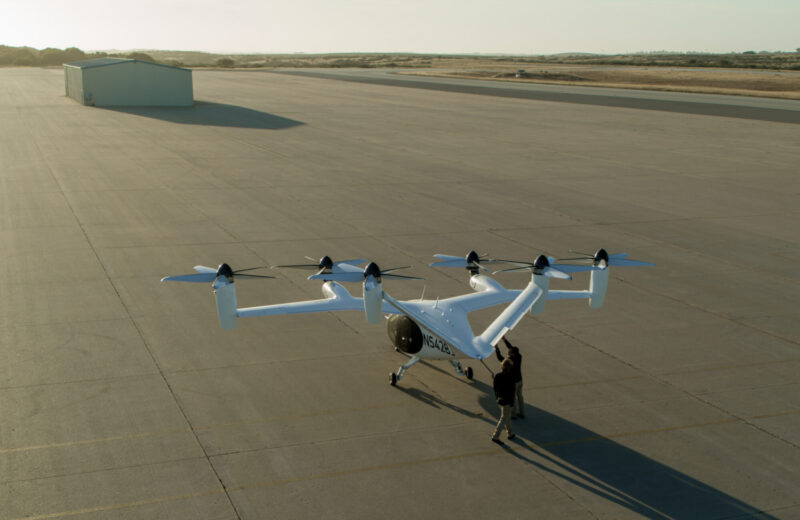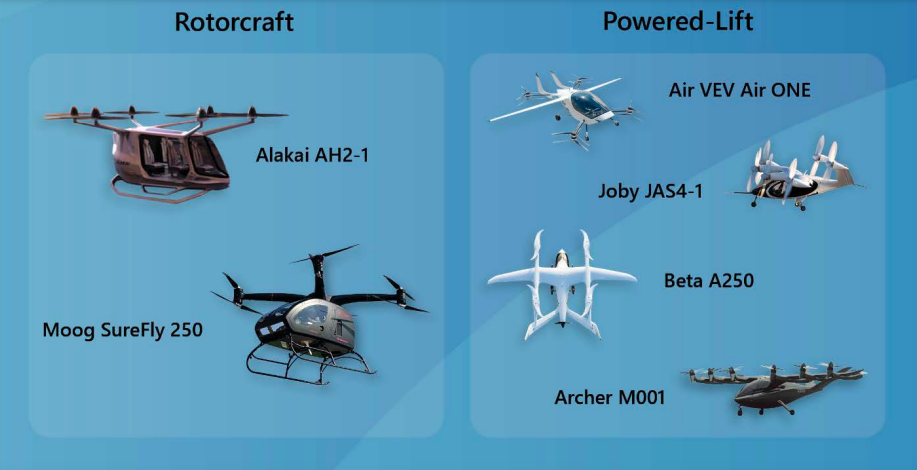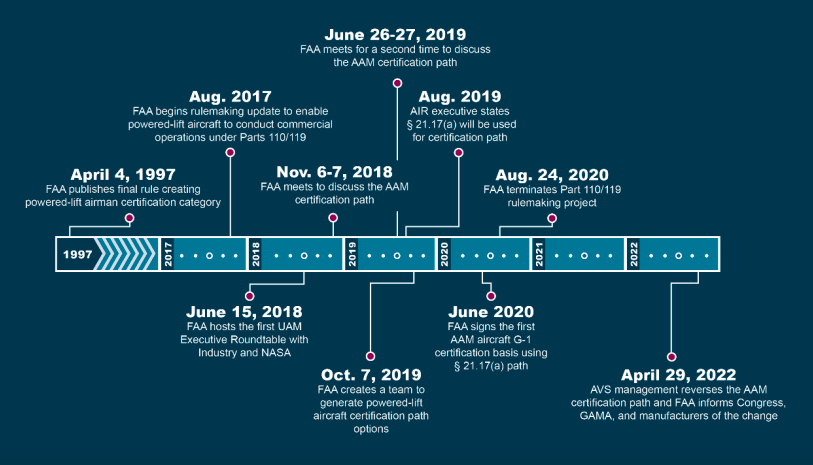DoT audit reports friction within FAA over eVTOL certification pathways

Disagreements around the FAA’s move away from powered-lift for certifying fixed-wing style AAM aircraft led to a “decline in morale” among some staff and an “impasse” on rule making.
Regulatory gaps meant FAA management and staff did not reach consensus on a certification path for AAM aircraft for the four years leading up to a rule change last year. A Department of Transportation audit report detailed how employee concerns over “management’s insistence” on a specific categorisation for certain AAM aircraft, led to an impasse impacting the development of operational requirements that the agency did not resolve until spring 2022. Also despite the resolution, the DoT report warns the FAA will continue to face challenges, such as reviewing novel features and establishing new operational regulations.
Requested back in 2020, the report highlights the conflict within the FAA over how to certify winged-eVTOLs. Some argued the aircraft should be certified as Part 23 ‘small aircraft’ which is defined through regulation 21.17(a). Others thought they should be certified special-class powered-lift under 21.17(b). The rules for powered-lift aircraft were first published in 1997, however the FAA never defined the corresponding airworthiness standards and operational regulations “leading to significant internal debates and a lack of consensus on how to proceed”, the report stated.

Credit: US Department of Transportation
Proponents of the 21.17(a) path believed the FAA’s performance-based regulations under Part 23, Amendment 64 were there to accommodate “innovative, new aircraft designs and technologies”. They also said the FAA lacked regulations for powered-lift aircraft and because these aircraft fly like an airplane most of the time, unique features could be covered by special conditions. As a result, 21.17(a) was viewed as the best, “most expeditious” path to certification and operations.
Converse to that, supporters of 21.17(b), which included FAA managers and technical and legal staff, believed that aircraft being considered a fixed-wing style AAM “truly meet the definition of powered lift”, therefore meaning that 21.17(b) “special class” be used for certification. For example, seven of 10 FAA employees the DoT asked expressed frustration with what they perceived as “leadership’s insistence in certifying fixed-wing AAMs as airplanes”.

Credit: US Department of Transportation
Disagreements reflected larger management challenges within the FAA about how to incorporate innovation into the existing regulatory structure, as well as ongoing issues around employee morale and management communication, the report found. For example, a December 2021 management assessment report from the within Office of Aviation Safety Standards found many respondents felt that upper management interjected “personal bias to the point where it contradicted the SME [subject matter expert] work, expertise and experience.” This concern was raised specifically about the AAM certification process as well as other topics.
The DoT audit report made a number of recommendations to the FAA. It said by improving communication internally and externally, the agency can better collaborate with industry to support technology evolution and integration of AAM into the national airspace. “This collaboration will be vital as FAA takes steps to advance AAM beyond aircraft certification into operational and air traffic integration,” it stated. The DoT also recommends the FAA accelerate as much as possible its current rule making projects for regulatory definitions, powered-lift pilot eligibility requirements and operating rules and implement a plan with milestones for completion which includes regularly updating stakeholders.






